All About Garlic
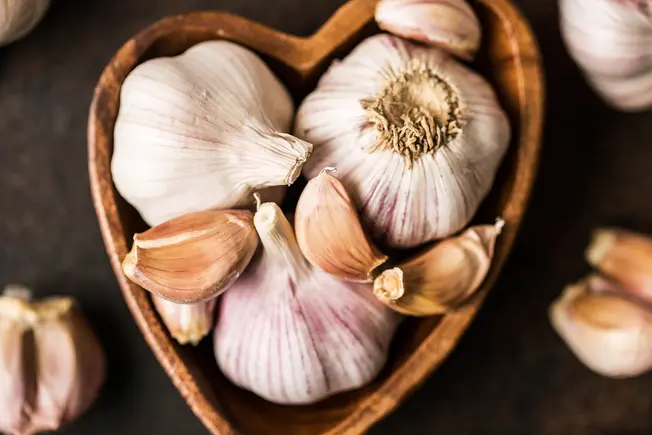
What Is Garlic?
This bulb-shaped veggie is part of the onion family, which also includes chives, leeks, and scallions. Unlike its kin, a garlic bulb is made up of many smaller pieces called cloves. So-called wild garlic is similar, but not the same plant. Neither is elephant garlic, which is really a kind of leek.
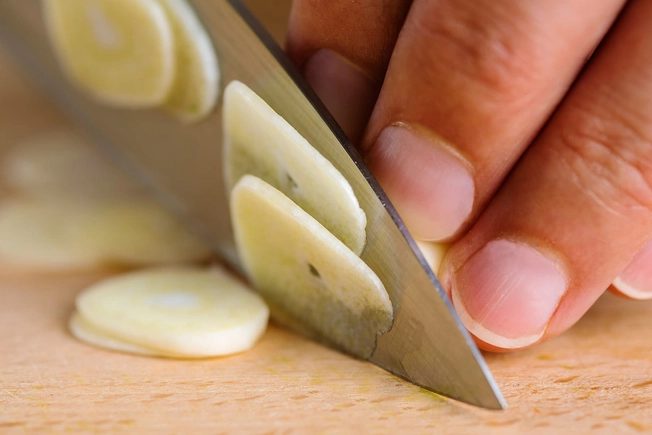
How to Manage the Smell
Garlic doesn’t have much of a smell until you peel, crush, or chew the cloves. That releases the sulfur compounds that give raw garlic its famous odor and flavor. Cooking mellows the taste. If you don’t like what it does to your breath, chew on raw mint leaves, apples, or lettuce right after you eat a garlicky dish.
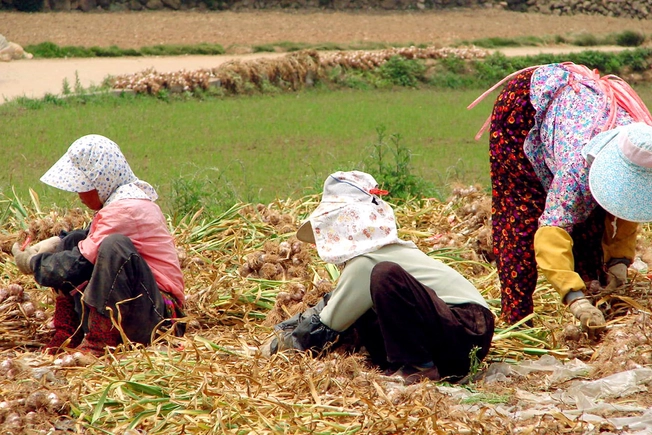
Where Did Garlic Get Its Start?
Just where and when garlic first appeared is a mystery. Experts believe it was most likely in Central Asia. Records show that people in India and Egypt grew it more than 5,000 years ago, which makes it one of the earliest farmed crops. Later, it spread to China and into Southern Europe. Almost all garlic produced in the U.S. is grown in California.
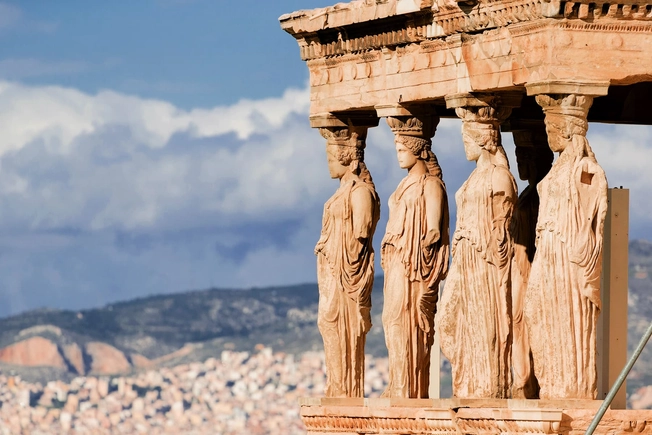
Garlic in Ancient Times
The Greeks loved garlic so much they offered bulbs as gifts to the gods. But garlic breath was a reason to be kicked out of a temple. The early physician Hippocrates used garlic to treat parasites, as a laxative, and as a diuretic. For the Romans, garlic was a spice and a food. They used to treat tuberculosis, fever, and other diseases. A mix of garlic juice and thyme, when rubbed on the body, was said to protect people from snake bites.
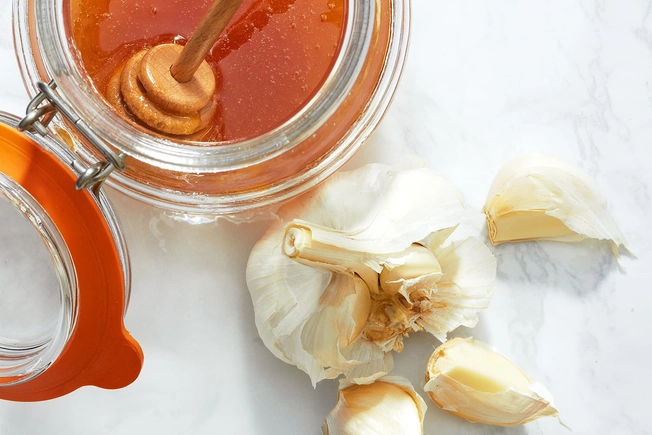
From Colds to the Plague
The English used a mix of garlic, honey, and sometimes alcohol to treat colds, fever, and diarrhea. The French believed garlic saved hundreds of lives from the plague in 1720. Well into the 20th century, garlic was used to protect people from cholera, typhoid fever, and diphtheria. In the flu outbreak of 1917-1918, Americans wore garlic necklaces to keep the illness away.
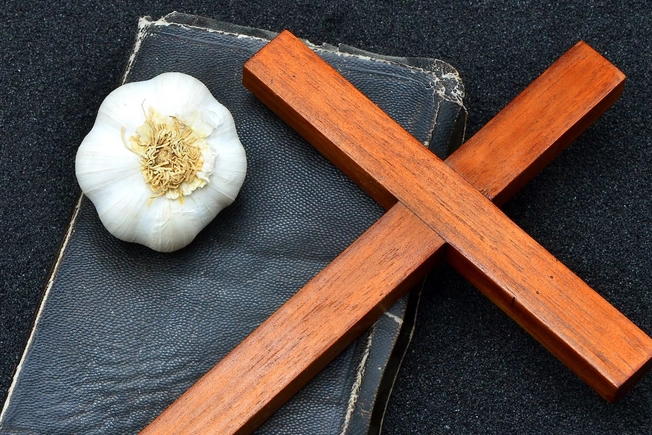
What About Vampires?
According to legend, if a vampire’s chasing you, you can change its mind with garlic. That’s probably because crushing a clove produces allicin, which creates garlic’s famous sulfurous smell. In the Middle Ages, folks in Slavic countries where the vampire legend was born considered garlic a weapon against demons. But it’s also possible that garlic’s reputation as a disease fighter gave it this supporting role in one of history’s most enduring legends.
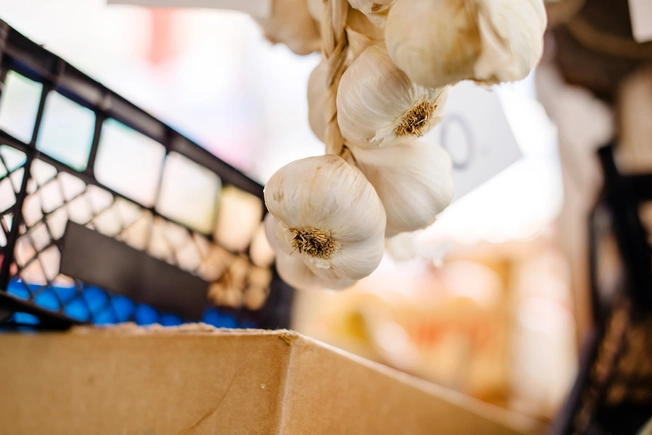
How to Keep Garlic
Buy it fresh. Look for plump bulbs with tight skin that’s isn’t frayed or loose. Avoid garlic with mold or sprouts -- that’s a sign that it’s old. Store it in a cool, dark spot with good ventilation, such as a pantry. Garlic will keep for a few months. But use it within a week to get the most flavor and nutrients.

What Makes Garlic Healthy?
Most of the credit goes to allicin, the oil that gives garlic its sulfurous flavor and smell. It’s also antibacterial. But garlic has more than 40 other healthy compounds, such as arginine, oligosaccharides, flavonoids, and selenium. Experts say any of them, or mixtures of them, could be why garlic supports good health.
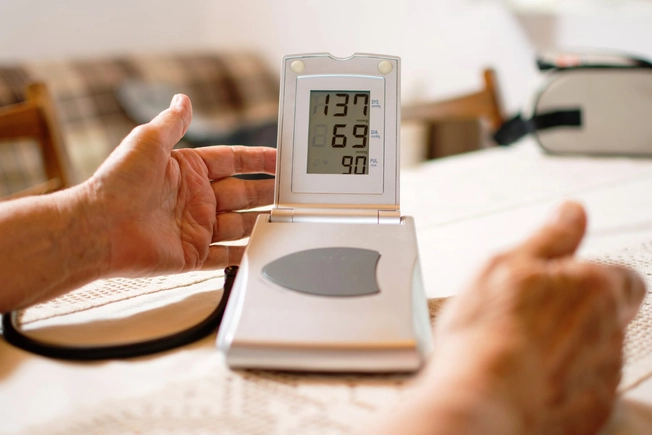
What Can Garlic Do for You?
Some studies show that garlic might help people with heart disease. It may lower cholesterol and blood pressure, keep arteries flexible, and help prevent blood clots and the buildup of plaque. It might also reduce the risk of stroke. While not as effective as medicine, garlic may have a role as a side treatment. It might also lower blood sugar in people with diabetes.

Facts and Myths
Many claims about garlic’s health benefits aren’t proven by science. That includes the use of garlic for colds, flu and other viruses, sore throats, Alzheimer’s, or to boost the immune system. While some studies show that people who eat more garlic have lower rates of some cancers, more research is needed.
IMAGES PROVIDED BY:
- Thinkstock Photos
- Thinkstock Photos
- Wikimedia
- Thinkstock Photos
- Thinkstock Photos
- Thinkstock Photos
- Thinkstock Photos
- Thinkstock Photos
- Thinkstock Photos
- Thinkstock Photos
SOURCES:
National Cancer Institute: “Garlic and Cancer Prevention.”
North Dakota State University: “From Garden to Table: Garlic!”
United States Department of Agriculture: “The origins and distribution of garlic: How many garlics are there?”
University of Delaware, Food and Nutrition Education Lab: “September Garlic.”
Journal of Food Science: “Deodorization of Garlic Breath by Foods, and the Role of Polyphenol Oxidase and Phenolic Compounds.”
National Agricultural Statistic Service: “Vegetables 2017 Summary, February 2018.”
Pharmacognosy Review: “Extracts from the history and medical properties of garlic.”
The Evergreen State College: “Garlic Doesn’t Only Deter Vampires.”
Consumer Reports: “The Health Benefits of Garlic.”
University of Rochester Medical Center: “Garlic.”
The Journal of Nutrition, Health & Aging: “Multiplicity of garlic health effects and Alzheimer's disease.”